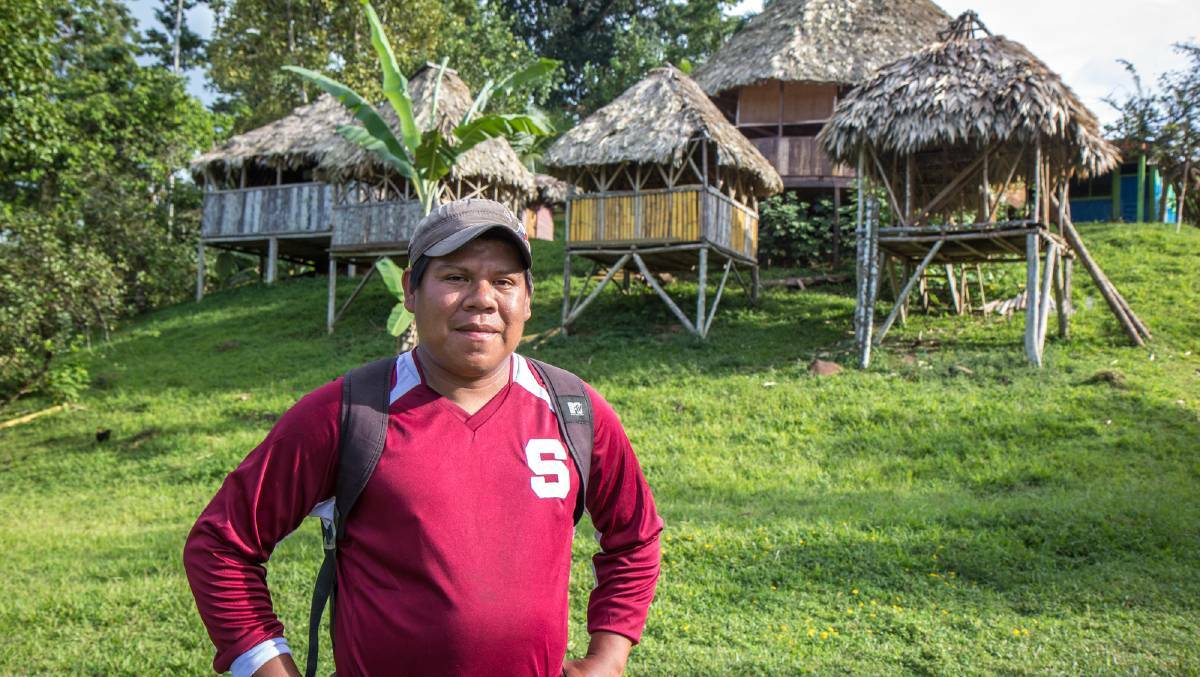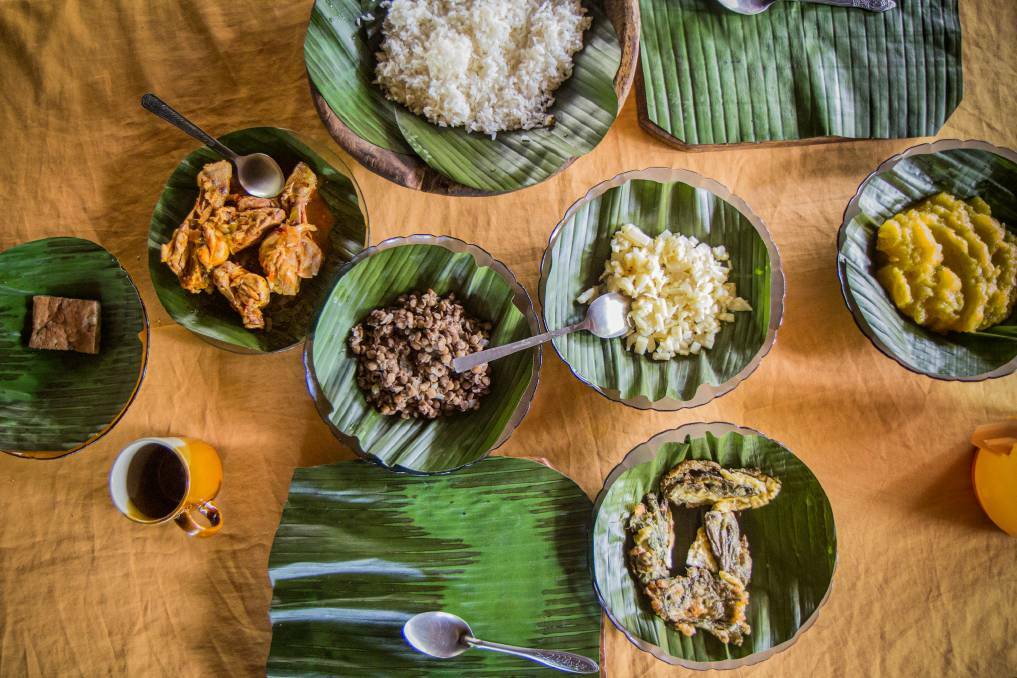We’re battling against the current as we head up the river. In a long wooden dugout – carved out of one single tree – two members of the indigenous Bribri tribe are taking me to one of their small communities at the very edge of Costa Rica, alongside the border with Panama. It takes us about an hour to navigate our way along the waterway, pushing off rocks and avoiding the strongest parts of the fast-flowing river. But the efforts to reach the settlement are nothing compared to the struggles these people have faced to protect it.
Create a free account to read this article
$0/
(min cost $0)
or signup to continue reading
Like many indigenous races across the world, the Bribri people have become disenfranchised because of the spread of colonialism. Spanish and other Western immigrants denied them the same rights as other residents of Costa Rica, creating a spiral of poverty and despair.
“20 years ago, the community was moving to different areas because in this area they have no jobs, no nothing,” local indigenous man, Cesar Selles, tells me.
“So most of the people move away from the Aboriginal reserve and they work in the cities. We don’t like cities. The noise of the cities is completely different and we can feel freedom on these fields that is not the same freedom I felt when I lived in San Jose.”
He, along with his mother, started a project to bring in new funds to the Bribri people and stop the exodus of young men looking for work and a future. And it’s worked.
“Now I feel free on my land,” he says.

Cesar is 30 years old when I meet him and was just 11 when his mother came up with the idea to allow tourists to visit their community, here in the Yorkin Indigenous Reserve. They started it together and over the years it has developed and grown.
With the project, they allow in a small number of visitors each day to experience life in the community. Forty families take turns to host the tourists, cook them meals and talk about their culture.
There are only 300 people in the whole community but the area seems larger than that as Cesar points out people’s homes while we walk through. He says they like to live close to each other, but I guess that’s relative – some wooden huts are about ten minutes’ walk apart!
The riverfront buildings at the entrance to the community include a primary school, made up of several small huts perched on the edge of a hill. But further in – through sweaty jungle, across slippery mud, past lush green fruit trees – is the secondary school.
It’s here that Cesar remembers how the community used to be. He tells me a story about how each child was given a pen at the start of the year and they had to treat it like gold because there were no spares. All the children were so careful not to write too hard or to drop it anywhere.
Sitting on a balcony in the building the community has dedicated to hosting visitors, I ask Cesar what it’s like to grow up here.
“When I was very young, I would go to the river and swim with my friends – and girlfriends too – and run through the fields hunting and eating fruits,” he says.
“When I got a day off, I would play football … but the life of the Aboriginals is more related to the parents. So most of the time I had to be ready about three in the morning when my father would leave for the fields. So I would walk with my father to the fields and work, normally cutting bananas or this kind of thing.”
Agriculture has been the lifeblood of the indigenous communities for generations. Bananas and cacao beans are the two main products the locals harvest, but they don’t earn a lot of income. The cacao beans, used for some of the world’s finest chocolates, sell for just 90 cents a kilogram. This is why the added revenue from tourism is a considerable supplement – although it’s mostly invested into health treatments, infrastructure, and programs to protect the traditional culture.
“We’re looking for those traditions forgotten of the past,” Cesar says, “like the dance.”

“We used to have a different kind of dance that people are not doing today because for several years we were weak, and those traditions were lost. So now we are looking backwards and looking for those traditions to recover.”
Most of my conversation with Cesar has been over lunch, which has been prepared for us by one of the community’s families. The Bribri are a matriarchal society, so it’s the woman who takes the lead today. Only she is able to perform the ceremony to turn the dried cacao beans into a smooth and rich chocolate drink, for instance.
The meal is delicious – Costa Rican lentils, fried ferns, boiled palm and tropical pumpkin. It’s certainly an assortment of ingredients I wouldn’t normally expect to see… but that’s the point. It’s about the people here eating the way they did before colonial intervention but being connected enough with the modern world to share that experience.
“The most important thing is that I want the world to see us how we are – Aboriginals,” Cesar stresses.
“We have to feel proud again that we are Aboriginals. For several years, the teenagers go to the cities and they don’t want to say that they are Aboriginal. But things are changing and we are proud to say I’m Bribri, with our language, with our traditions, and with our food.”




